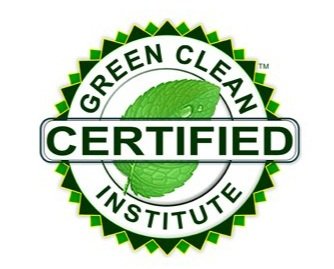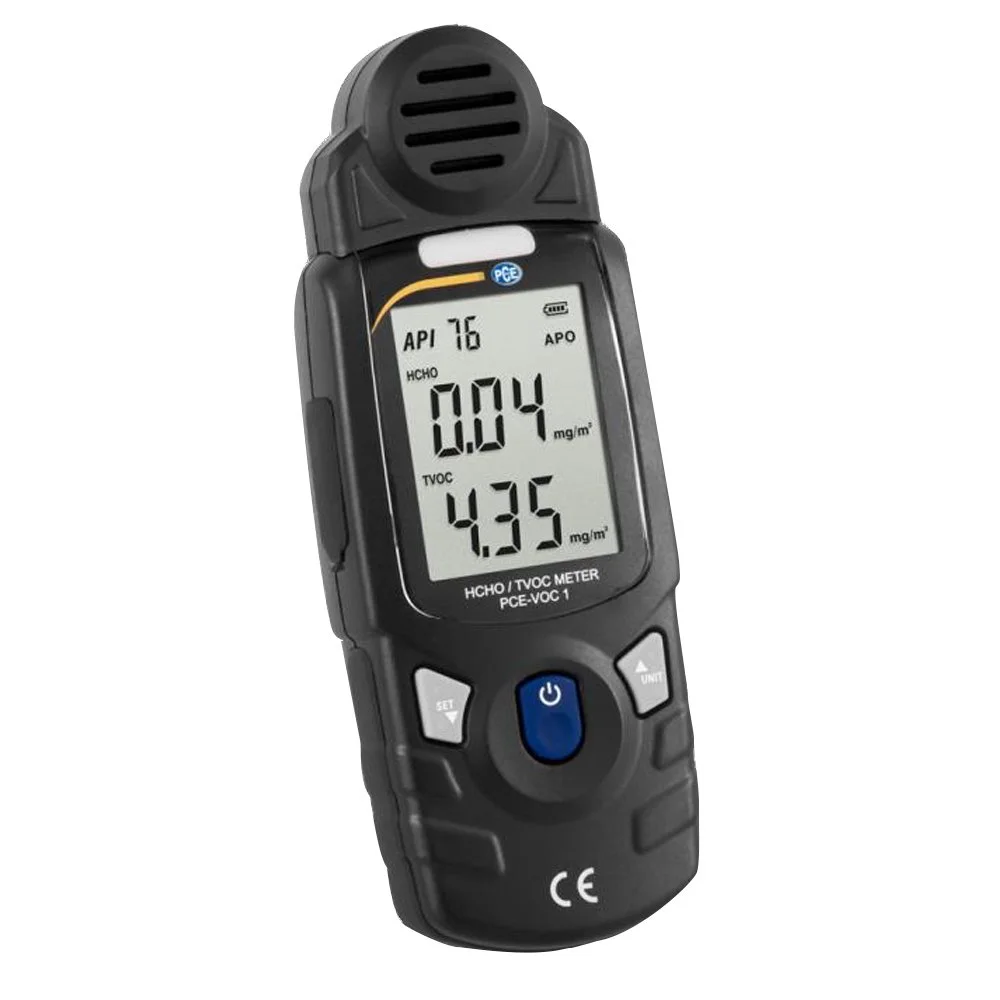Why Many Sanitizers Fail
With all the furor about sanitizing, there is more to serious sanitizing than people think. If you watch the commercials, you will see product after product making their germ killing power at 99% or more. I find this very frustrating. So I made a trop to my local grocery store to visit the cleaning product aisle.
It helps to understand that all product companies are trying to out-boast and stand above all the competition to their cleaning product. So, we expect a lot of over-reaching claims and many claims that are false or stretched from reality. This is why the GCI Green product certification is built on a “Truth in Labeling” standard.
While other Green product certification are exhausting and expensive, the Green Clean Institute takes the stance as it were a consumer. We want to know if a reasonable measure of “Due Diligence” has been done to verify the claims. Our process is less about multiple layers of lab testing, which has already been done, and more about has their been a professional review of the research, documentation, ingredient review, and whether their are overt misstatements on the advertising or labels.
Returning to whether any sanitizer will kill germs, here is the nasty little secret that is often buried into the very small print on the back of the bottle. If you can read the small print on the label I posted with this article, you will see that disinfection (killing some germs) is quick, but sanitizing (killing most germs) takes 10 minutes.
The failure to observe “Dwell Time” is nearly universal. And, that includes your poorly trained cleaning service. We strongly suggest that every cleaning service, including your in-house cleaning workers, take the GCI Green Clean Technician and GCI Infection Control online training.
We have other concerns at the Green Clean Institute because the most promoted sanitizers are the source of volatile organic compounds. This means that the chemicals are escaping into the air. As a rule, if you detect a strong smell from the product, it is likely emitting harmful gases into the air.
Think of the year-after-year accumulation or “Bioload” of chemical residue from the constant use of cleaning products. Week after week, gallons of cleaning products are brought in and do not leave the building.
These chemicals only partially go down the drain. The VOCs that evaporate are not filtered out by the HVAC filters. VOCs eventually crystalize on surfaces or combine with the dust in the building. The long-term accumulation of chemicals can create a toxic or sick building.
Professional IAQ testing is always a good idea. It is now possible for cleaning and remediation services to quickly install a remote IAQ monitor as an addon service that every building should have to protect the health and safety of workers, students, patrons, and customers.



